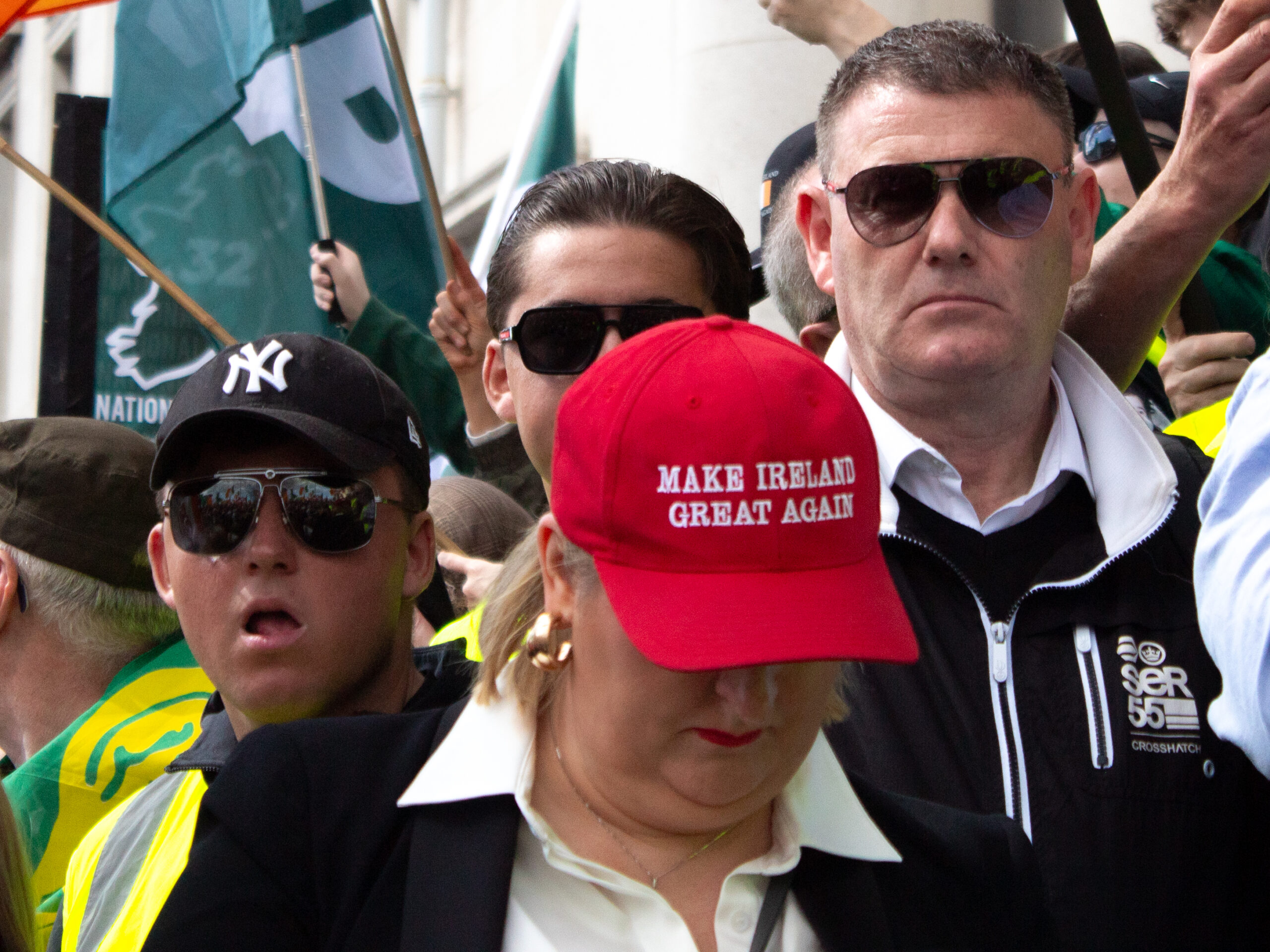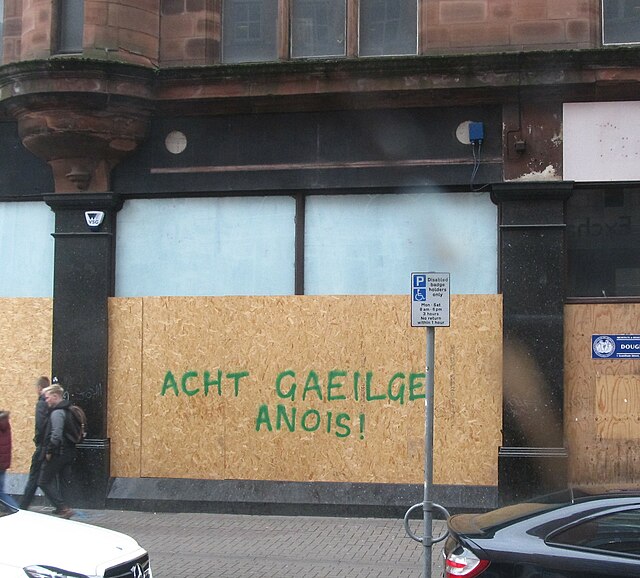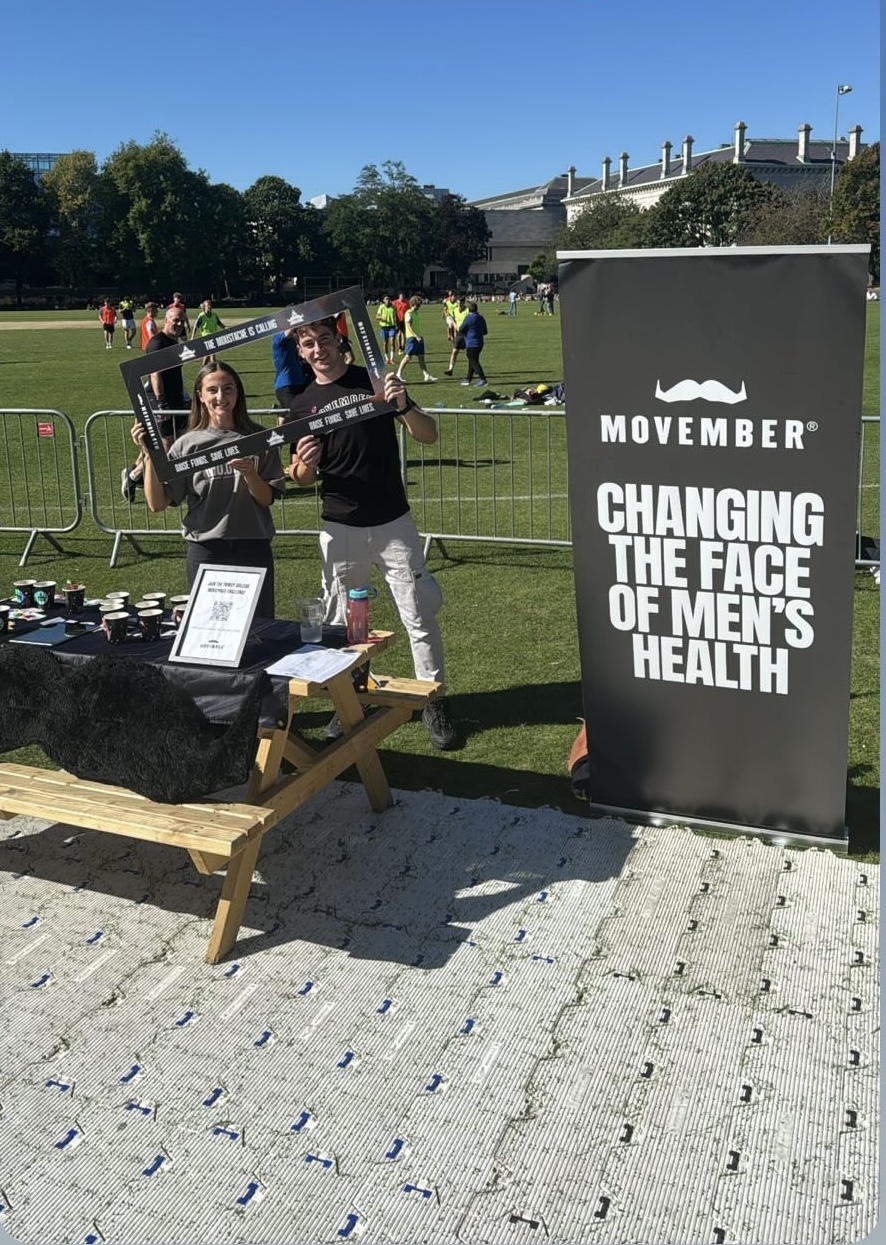Julianne Cox
The Irish media is more subtle and nuanced than in many countries worldwide but does this mean that it is often left under scrutinised? When comparing internationally we are exposed to the differences observable. When we look to the USA and the UK there is a clear division between conservative and liberal Medias. Irish newspapers vary drastically in quality and content however there is arguably no clear division in ideology. It could be argued that the Irish Times is critical of certain political parties and decisions, the Sunday Business Post is marketed rather specifically and that the Irish Independent offers a less polished articulation. However no newspaper or television channel is blatantly politically aligned as observable elsewhere. If anything the primary criticism often heard about the Irish media is its overly introverted analysis. What does the Irish media look like, what role should the Irish media play, is it fulfilling this role and is the media in Ireland adequately scrutinised?
The role of the media in a society is a multifaceted question. The media is a complex alignment of commercial and social interests. On the one hand we understand the commercial nature of most media outlets, their primary function; to ensure a return on shareholders’ investment. Yet much is expected of the social role that the media plays. It is viewed as having an investigative responsibility; responsible to a certain extent for acting as a watchdog, holding state and commercial decisions to account and for informing the masses. In the information age sources are not in short supply. Perhaps the ease of access that is enabled by the internet has exposed the Irish population to a wide variety of international media sources that negate the Irish media’s need to focus on international news. Irish media sources are introverted because they couldn’t and don’t need to compete with international sources. The financial constraints of a market of four million nationally, the demand from a minority of Irish Diaspora and the limited international acclaim of Irish media naturally limits its ability to comprehensively cover international news to the same extent as larger media entities.
When broken down the Irish media consists of a series of local, regional and national newspapers, radio stations and of course television. Each element has a role and although local and regional medias are struggling to remain commercially viable there is considerable appetite for these sources. What then can we expect from the future of the local and regional Irish media? Perhaps they will shift from traditional towards progressive means with an increased internet orientation and lower cost margins? According to Euro barometer statistics Irish people are highly informed, above the EU average for our consumption of radio and newspaper content. However as active internet users it is probable that online content consumption is only going to increase; 20% of Irish people use the internet every or nearly every day and this is of course increasing. Interestingly there is a high degree of trust accorded the Irish media. According to Euro barometer seventy-eight per cent tend to trust television media – making Irish people the most trusting of television in the EU, tied with Portugal (the EU average being 62 per cent). This trust is potentially misguided when examining issues where the state’s interests clashed with public or local interest as in the Corrib Gas pipeline. A hugely subjective case RTE’s coverage was hotly contested to be not entirely untainted. Mark Little (correspondent with Primetime investigates at the time) argued that RTE’s hesitation with covering this particular series of events was restricted due to difficulties sustaining the public interest. The public rapidly grew disinterested in Shell to Sea argued Mr Little and the coverage waned accordingly as in any commercial media outlet. Yet the award winning documentary ‘The Pipe’ presents the Shell to Sea campaign in a slightly different light; as a select group of local residents experiencing a series of violations, with the state and the national media arguably failing to adequately advocate for their interests.
The case is currently being pursued internationally and is a small but important example. Investigative journalism is hardly thriving in Ireland the main sources (television- programmes such as Primetime Investigates and the Frontline) completely missed the massive discrepancies unveiled in the financial crisis, the media in part blamed for engaging in what David McWilliams described as incessant ‘property porn’ advertising. Much of the critical reporting around the crisis had a retrospective sentiment, catching Seanie wandering around car parks not quite the same as digging through the data and being the first to blow the whistle. Perhaps more could be demanded of the Irish media; certainly a degree of scrutiny is always necessary and often lacking.






